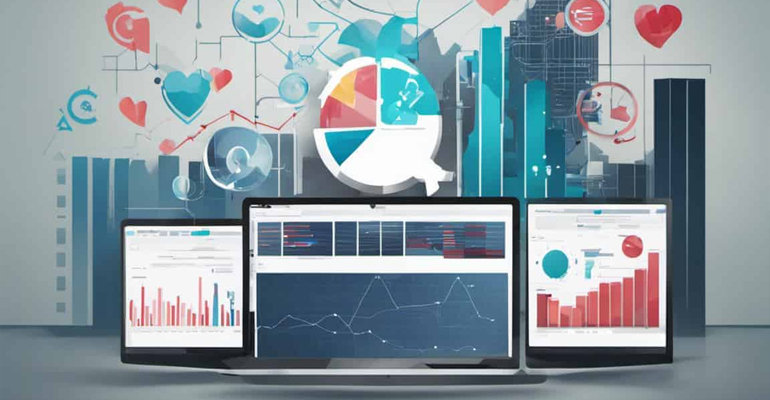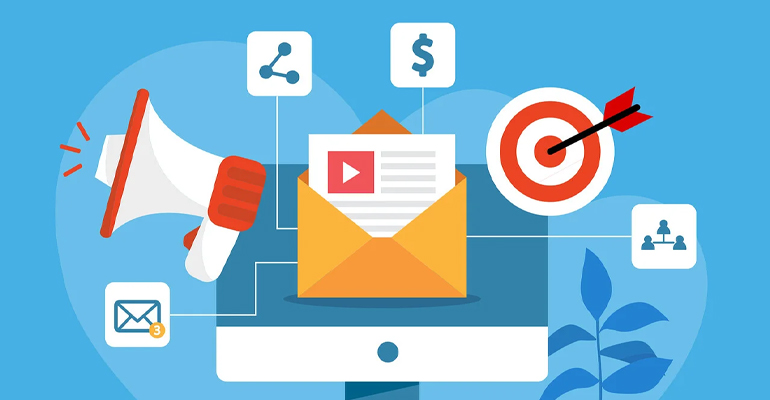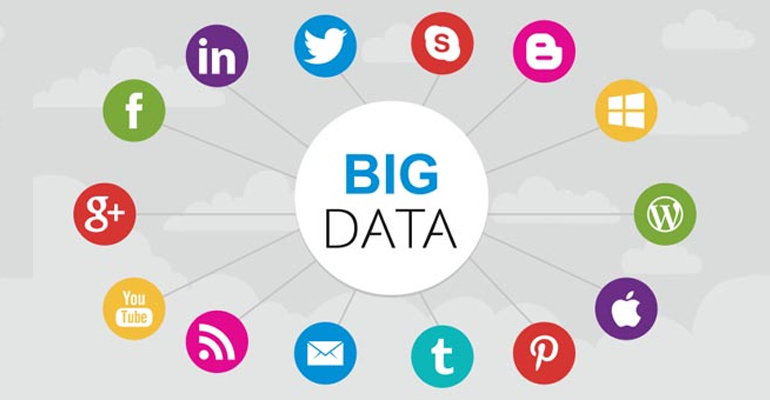In today’s digital age, data is king. This holds true for every sector, and the world of Data-Driven Nonprofit Marketing is no exception. Effective data-driven nonprofit marketing hinges on understanding your audience, crafting compelling messages, and measuring the impact of your efforts. Here’s where data comes in – it empowers you to make informed decisions, optimize your campaigns, and ultimately achieve your mission.
This blog dives into seven key data-driven strategies that will propel your nonprofit marketing to new heights. By leveraging the power of data, you can connect with the right audience, raise more funds, and make a lasting impact.
1. Unveiling Donor Behavior: A Data-Driven Nonprofit Marketing Deep Dive
Donors are the lifeblood of any nonprofit organization. Understanding their preferences, motivations, and engagement patterns is crucial for crafting effective outreach strategies. Data analytics empowers you to do just that.
Imagine being able to identify which channels your donors prefer for communication (email, social media, direct mail). You can track their interactions with your website, analyze their donation history (frequency, amount), and glean insights into what content resonates with them. Armed with this knowledge, you can tailor your nonprofit marketing efforts to maximize engagement and inspire continued support.
For instance, data might reveal that younger donors gravitate towards social media campaigns, while older demographics prefer email updates. This allows you to segment your audience and personalize your message accordingly.

2. Refining Your Email Arsenal: Data-Driven Optimization
Email marketing remains a powerful tool for nonprofit marketing. But simply sending out generic newsletters won’t cut it. Data is your secret weapon for crafting compelling email campaigns that resonate with your audience and drive results.
Segmentation is key. By segmenting your email list based on donor demographics, interests, and past engagement, you can send targeted messages that are more likely to be opened and acted upon.
A/B testing your subject lines is another Data-Driven Nonprofit Marketing tactic. This involves sending out two versions of an email with different subject lines to a small segment of your list. Track which version garners a higher open rate, and then use that winning subject line for your main campaign.
Don’t forget the importance of measuring your email marketing efforts. Track key metrics like open rates, click-through rates, and unsubscribe rates. This data provides valuable insights into what’s working and what needs improvement, allowing you to constantly refine your email strategy.

3. Grant Powerhouse: Data-Driven Grant Identification
Securing grants is a vital source of funding for many nonprofits. But with so many opportunities available, it can be overwhelming to know where to start. Here’s where data becomes your guide.
Tools like Google Analytics and donor databases can be invaluable for uncovering potential grant funding sources. By analyzing your website traffic and donor demographics, you can identify foundations and organizations that align with your mission and target audience.
Grant proposal writing also benefits from a Data-Driven Nonprofit Marketing approach. Research past grant recipients and analyze their proposals. This can provide valuable insights into the language, structure, and types of data that resonate with grantors.
4. Social Media Savvy: Content Optimization for Data-Driven Nonprofit Marketing
Social media platforms are a goldmine of data for nonprofit marketing. By delving into social media analytics, you gain a deeper understanding of your audience’s online behavior and preferences.
Track key metrics like likes, shares, comments, and reach to gauge the effectiveness of your content. Analyze which posts generate the most engagement and what types of content resonate most with your followers. This data helps you tailor your social media strategy to create engaging content that drives action and increases brand awareness.
Social media listening tools can further enhance your Data-Driven Nonprofit Marketing. These tools allow you to track online conversations and see how people are talking about your organization and your cause. This valuable data can inform your messaging and help you address any concerns or negative sentiment circulating online.

5. The Power of Demographics: Tailoring Your Approach
Demographic data, including age, gender, location, and income, plays a crucial role in crafting impactful Data-Driven Nonprofit Marketing campaigns.
Tools like Google Analytics and social media insights provide valuable demographic data about your audience. Leverage this information to understand your donor base and tailor your messaging accordingly.
For instance, your social media content might resonate more with younger audiences if it incorporates humor and engaging visuals. Conversely, when crafting email appeals, you might need to adopt a more formal tone for older demographics.
6. Measuring Impact and Proving ROI: Data for Accountability
Nonprofit organizations operate with a mission-driven focus, but demonstrating the impact of your efforts to donors and stakeholders is essential. Data empowers you to do just that.
Track key metrics that align with your specific programs and initiatives. This might include the number of individuals served, the amount of resources provided, or the progress made towards your goals.
Use human English that people can understand. Share these metrics in your Data-Driven Nonprofit Marketing materials to showcase your accomplishments and build trust with your supporters. For example, if your nonprofit provides meals to the homeless, track the number of meals served each month and share this data in your newsletters and social media posts. When donors see the tangible impact of their contributions, they are more likely to continue their support.
7. Leveraging Predictive Analytics: Forecasting for Success
Predictive analytics takes data analysis a step further by using historical data to predict future outcomes. For Data-Driven Nonprofit Marketing, this means you can anticipate donor behavior and optimize your strategies accordingly.
For example, predictive analytics can help you identify which donors are most likely to make a large donation or which supporters are at risk of lapsing. Armed with this information, you can proactively engage with these donors, sending personalized messages or special appeals to keep them involved.
Additionally, predictive analytics can help you optimize your fundraising events. By analyzing past event data, you can identify which factors contributed to higher attendance and donations. Use this information to plan future events that maximize your impact and fundraising potential.

Conclusion: Embrace Data for Nonprofit Marketing Success
Data-driven strategies are no longer optional in the world of Data-Driven Nonprofit Marketing. They are essential for understanding your audience, crafting effective messages, and measuring your impact. By leveraging the power of data, you can elevate your nonprofit marketing efforts, connect with the right audience, and ultimately achieve your mission.
Start by diving into donor behavior, optimizing your email campaigns, identifying grant opportunities, and refining your social media content. Use demographic data to tailor your approach and measure your impact to prove ROI. Finally, embrace predictive analytics to forecast success and make proactive decisions.
Remember, data is your ally in the journey to creating lasting change. Embrace it, and watch your Data-Driven Nonprofit Marketing efforts soar to new heights.



